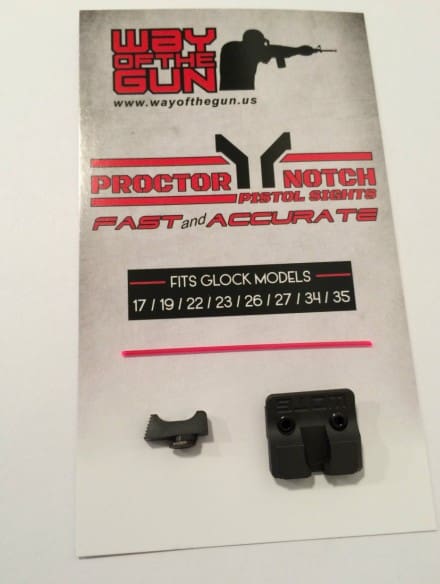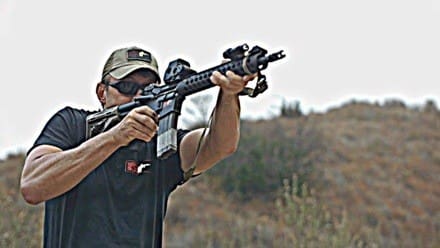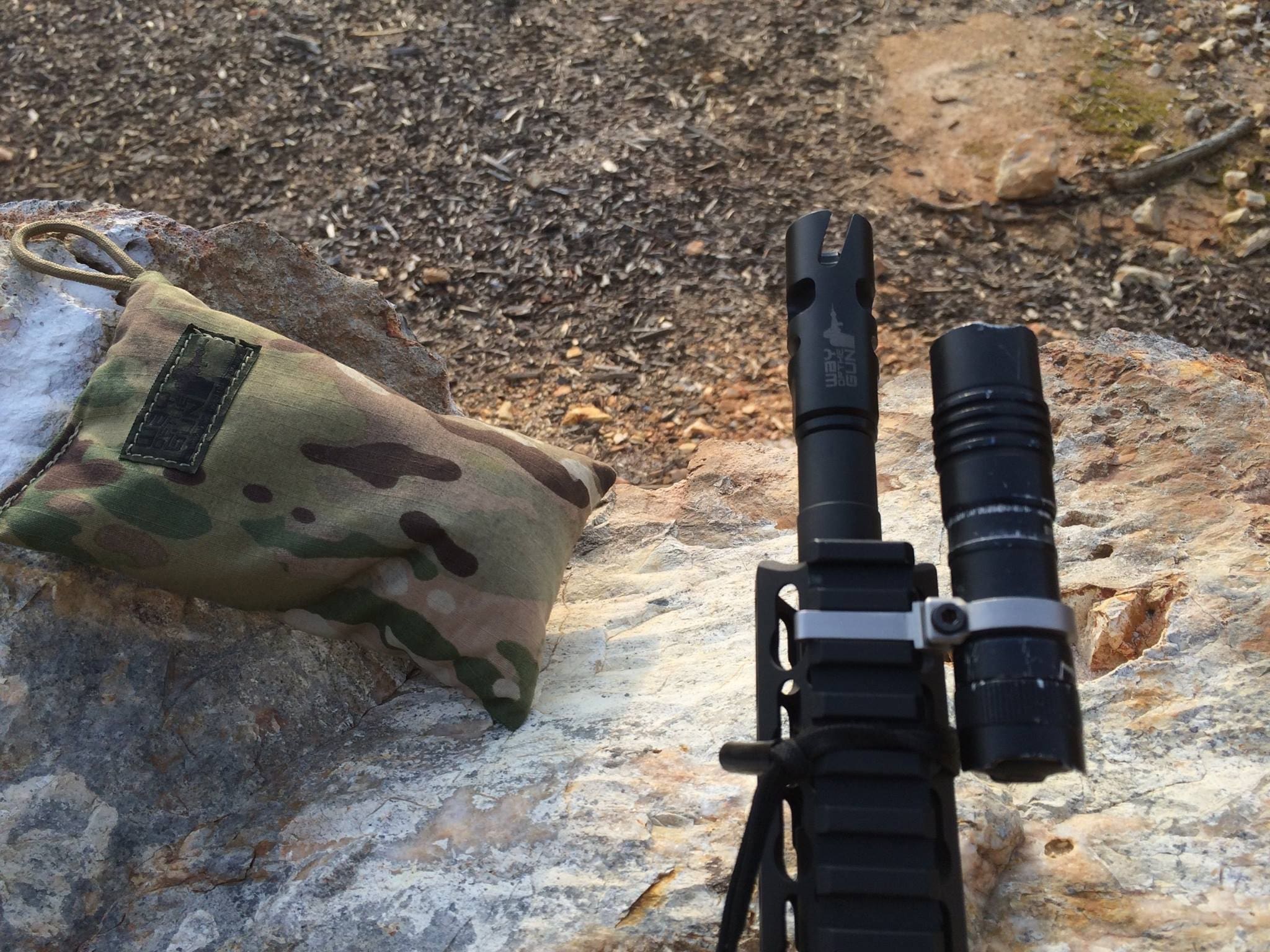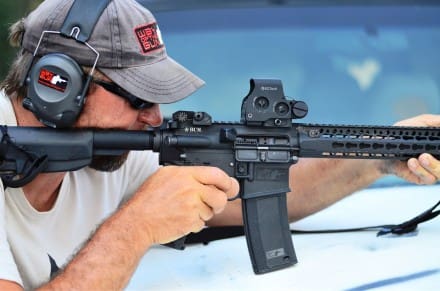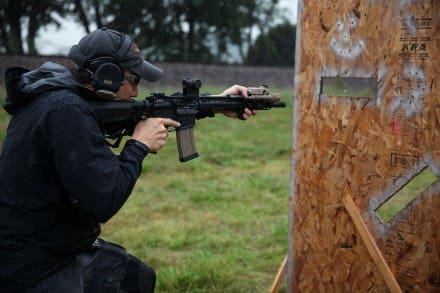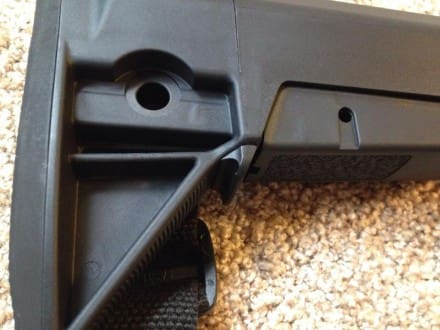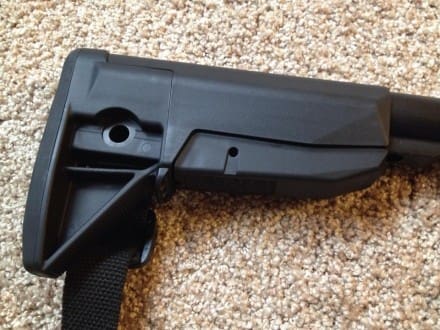The Proctor Y Notch Pistol Sights were designed to give shooters maximum speed and accuracy in one sight. Most pistol sights are set up with either wide rear sights and narrow front sights for fast but not so accurate shooting or narrow rear sights and and a wider front for more precise shooting. I designed these sights to offer both Speed and Accuracy. The top of the Y is .140 wide and the bottom of the Y is .100. The front sight is .117 wide with a .040 fiber optic insert. The front sight is .180 tall and the sight set is designed for point of aim = point of impact. For most of your pistol shooting you will only need to see the red dot inside the top portion of the notch, if you need more precise sight alignment it is easy to see by looking at the relationship of the lower portion of the front sight with the lower portion of the rear notch.
This set is designed to work on Glock, 17/19/22/23/26/27/34/35
I have been working on this sight design for about 3 years and working on getting it into production. The main reason I was pushing for what I think is a better sight design is the amount of sight mis-alignment that is possible with most modern pistol sight designs. If you go shopping for pistol sights you will hear things like, for fast shooting you need a wide rear and a narrow front or for old eyes you need a wide rear sight. The problem with having a big difference in the width of the rear sight and the front is there is more room for error. That error is not always noticeable with real loose sights, but it can very easily be enough to cause big misses on smaller targets or further targets. In regards to the old eyes need wide rear notches, I have tested this theory with shooters who told me going into courses that they had bad eyes or old eyes etc. I had them shoot my sights without telling them what they were and they all loved them and kept going on about how much they liked the sight picture, then I told them about the difference in size the front and rear. They were suprised that it worked because conventional wisdom says it has to be loose for old eyes, etc. Back around the year 1400 everyone thought the world was flat because “they” said so. Turns out its not flat after all right!
www.wayofthegun.us/proctor-y-notch-pistol-sight-set-for-glock-pistols


